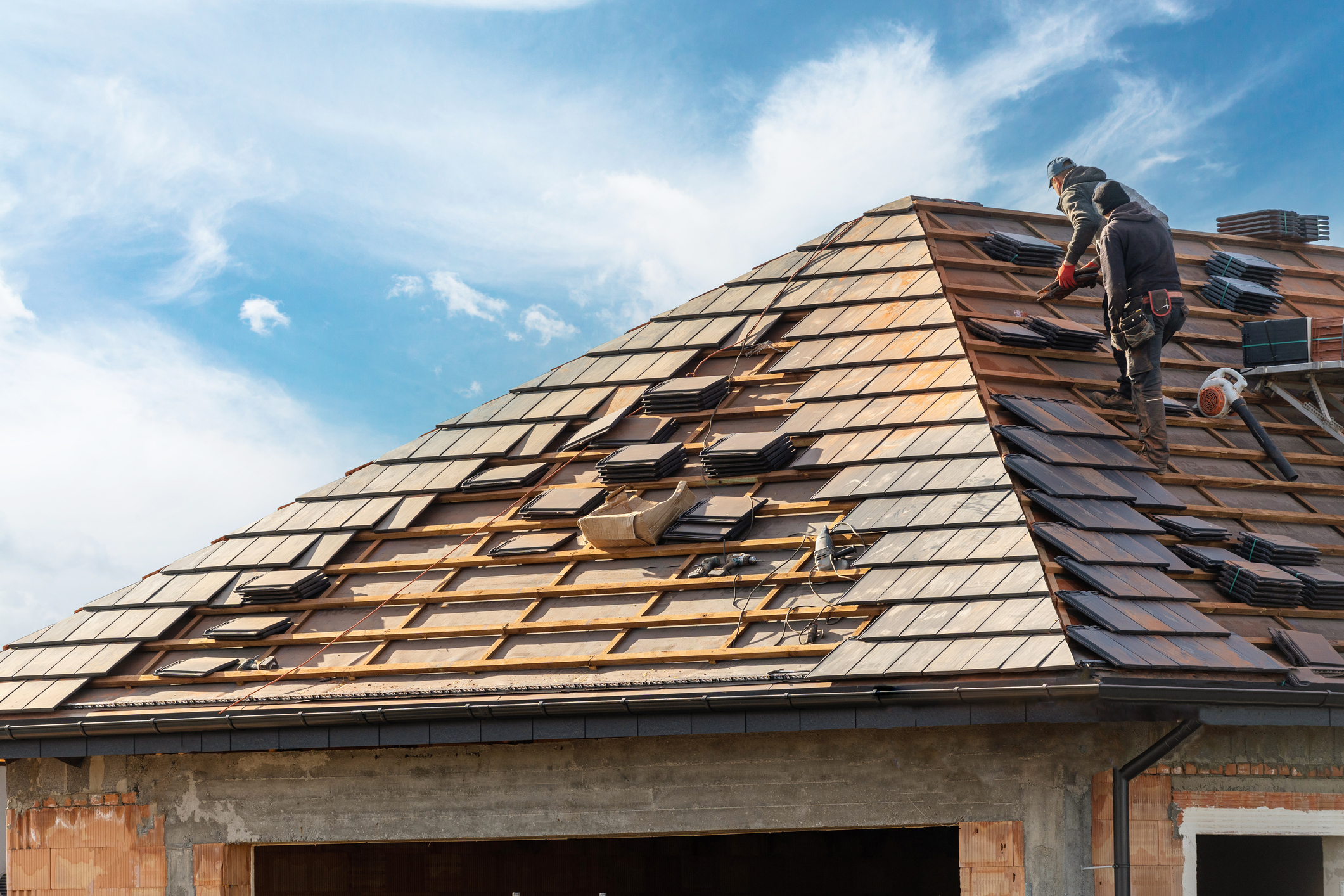
The roof is one of the most critical components of any home, acting as a protective barrier against the elements while also contributing significantly to the overall aesthetic and structural integrity of the building. However, like any part of a house, the roof is not immune to the effects of time and exposure. Over the years, wear and tear from weather conditions such as rain, wind, snow, and sun can take a toll, eventually necessitating a roof replacement. This process, while essential, can be daunting due to the financial considerations involved and the wide range of material options available. Being well-prepared and informed is key to navigating this significant home improvement endeavor successfully.
When it comes to roof replacement, one of the first and most pressing concerns for homeowners is the cost. The price of replacing a roof can vary widely, influenced by several factors including the type of roofing material chosen, the size and complexity of the roof, and the geographic location of the property. On average, homeowners can expect to spend between $5,000 and $12,000 for a standard asphalt shingle roof on an average-sized home. However, this range can increase significantly depending on the materials used. For instance, opting for premium materials like metal, wood, or slate could push the total cost to between $10,000 and $30,000, or even higher in some cases.
While the upfront cost of a roof replacement is substantial, it’s important to consider the long-term value of the investment. The durability and lifespan of the roofing material chosen play a critical role in determining the overall cost-effectiveness of the project. For example, asphalt shingles are an economical choice with a lifespan of approximately 20 to 30 years. This makes them a popular option for many homeowners looking for a balance between affordability and reliability. However, alternatives such as metal, wood, and slate offer much longer lifespans, often exceeding 50 years with proper maintenance. Though these materials come with a higher initial cost, their extended durability can make them a more cost-effective option in the long run, reducing the need for future replacements and ongoing repairs.
The selection of roofing materials is one of the most crucial decisions in the roof replacement process, as it directly impacts both the functional performance and the aesthetic appeal of the home. While traditional asphalt shingles remain the most commonly used material, a wide variety of other options are available, each with its own set of advantages and considerations.
Metal Roofing: Metal roofing is known for its exceptional longevity and energy efficiency. Available in a variety of styles, including standing seam, corrugated panels, and metal shingles, metal roofs can be tailored to complement modern home designs. One of the key benefits of metal roofing is its ability to reflect solar heat, which can help reduce cooling costs in warmer climates. Additionally, metal roofs are highly durable, resistant to fire, and can withstand harsh weather conditions, making them an excellent choice for homeowners looking for a long-lasting solution. The lifespan of a metal roof can exceed 50 years, and in some cases, with proper maintenance, it can last even longer.
Wood Shakes: For homeowners seeking a natural and rustic aesthetic, wood shakes offer a timeless appeal. Made from cedar, redwood, or other types of durable wood, shakes provide a warm, organic look that can enhance the character of a home. Wood shakes are also relatively durable, with a lifespan of around 30 to 40 years, though they do require more maintenance than other materials to protect against issues like rot, mold, and insect infestation. Despite these considerations, wood shakes remain a popular choice for those who value their unique, handcrafted appearance and the way they weather over time to create a distinctive look.
Slate Roofing: Slate is often considered the pinnacle of roofing materials due to its unparalleled durability and elegance. A slate roof can last for a century or more, making it one of the most long-lasting roofing options available. In addition to its longevity, slate is highly resistant to fire, water, and extreme weather conditions, making it an ideal choice for regions prone to harsh climates. The natural beauty of slate, with its rich textures and colors, adds a touch of sophistication and timelessness to any home. However, the installation of a slate roof requires specialized expertise due to its weight and the need for precise craftsmanship, which contributes to its higher cost.
Synthetic Roofing: For those who love the look of wood or slate but are seeking a more affordable and low-maintenance alternative, synthetic roofing materials offer a compelling option. Synthetic roofs are made from a variety of materials, including rubber, plastic, and polymer blends, and are designed to mimic the appearance of natural materials like wood shakes or slate tiles. These materials are engineered to be highly durable, resistant to weather, and relatively easy to maintain, making them a practical choice for homeowners who want the aesthetic benefits of natural materials without the associated upkeep. Synthetic roofing materials are also typically lighter than their natural counterparts, making them easier to install and suitable for a wider range of home structures.
Embarking on a roof replacement project is a significant undertaking that requires careful consideration of both the financial investment and the selection of materials that best suit the home’s needs and the homeowner’s aesthetic preferences. In addition to the cost and material considerations, other factors such as the local climate, the architectural style of the home, and the homeowner’s long-term plans for the property should also be taken into account.
For example, in regions prone to heavy snowfall, the weight and durability of the roofing material are critical considerations. Metal and slate roofs, with their ability to shed snow and resist damage from ice, are often preferred in such climates. In contrast, in areas with frequent hurricanes or high winds, materials that are highly resistant to wind damage, such as metal or certain types of asphalt shingles, may be more suitable.
The aesthetic appeal of the roofing material is another important factor, as the roof is a prominent feature of the home’s exterior. The color, texture, and overall style of the roofing material should complement the architectural design of the home and contribute to its curb appeal. Homeowners should consider how the chosen material will look not only when it is new but also as it ages and weathers over time.
The installation process is another critical aspect of a roof replacement project. The quality of the installation can significantly impact the performance and longevity of the roof, so it is essential to choose a reputable and experienced roofing contractor. Homeowners should seek out contractors with expertise in the specific type of roofing material being used and check references to ensure they have a track record of successful installations.
Replacing a roof is one of the most significant investments a homeowner can make in their property. The cost, material selection, and installation quality all play vital roles in the success of the project. By carefully considering these factors and making informed decisions, homeowners can ensure that their new roof not only provides robust protection against the elements but also enhances the overall beauty and value of their home. With the right approach, a roof replacement can be a rewarding investment that delivers long-lasting benefits for many years to come.







